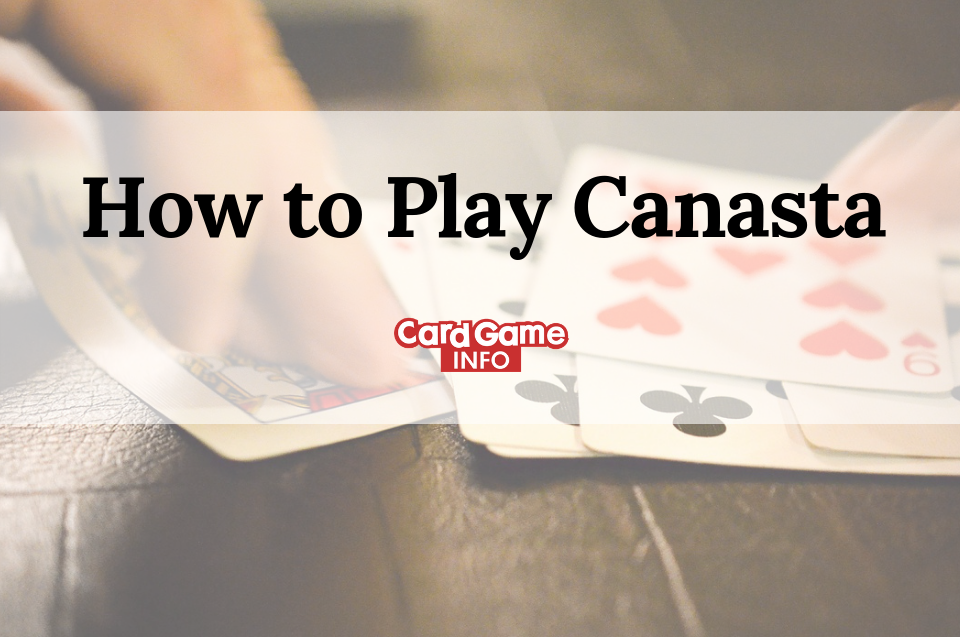
Taking the pack: You can "take the pack" or pick up the entire pile of discards if you can meld the top card on the pack and you meet the following conditions: If your team hasn't made a meld, you will have to use two natural cards in your hand to meld with the top discard you must score a minimum number of points in your initial meld made from only cards in your hand and the top discard(see "Initial Melds" sidebar) if your team has previously made a meld, then you can use a natural card and a wild card from your hand, as well as the top discard from the pack. Black treys also work as the stopper cards if you choose to "freeze the pack" (see below). If your team lays down all four red 3s by the end of the hand, the bonus is doubled to 800 points.īlack 3s are used in play, but they can't be melded unless you are going out and cannot be melded with wild cards (jokers and 2s). If you obtain a red 3 from the discard pile, you must place it on the table but cannot draw another card from the stock. If you draw a red 3, then you must place it on the table and draw another card from the stock. If a red 3 is dealt to you, you must place it on the table during your turn and draw another card from the stock. They are bonus cards worth 100 points each if you have melded, but they are penalty points (minus-100 points each) if you have not melded by the end of the hand.Īs soon as you have a red 3, place it faceup on the table. You cannot add cards to your opponents' melds.

Partners can make a meld of the same rank of opponents' meld, but they cannot make two or more melds of the same rank for themselves (for example, your team cannot make two melds of 6s). The point value increases or decreases during the course of a game (see the "Initial Melds" sidebar for clarification). The first meld for a side has to add up to a specific point value. Canastas have to contain a minimum of four natural cards. The wild cards (jokers and 2s) can be used in melds as any desired rank except 3s, but they cannot form a meld on their own. Partners combine their melds and together try to make canastas (seven-card melds). Melding: Melds are placed faceup on the table as they are made.

All the cards in the discard pile must be squared up, except as noted later.īecause you and your partner have not melded yet and this is the first hand, even if you took the 6 to make a meld of three 6s along with your meld of a 2- 4- 4, you still would not have enough points (45 points) to table your initial melds, so you must take from the stock. If you pick from the discard pile, you must take all the cards in that pile and use the top discard to form a meld (see "Taking the pack").Īfter you have drawn a card and melded, you must discard (unless you are going out). The player may take the top card from the stock or the discard pile. Playing: The player to the dealer's left leads, and play continues clockwise until the hand is over. Continue to turn up the top card from the stock until a natural (4 or higher) card appears. If the first upcard is a joker, deuce, or a red 3, turn up the top card from the stock and place it on top of the upcard. The remaining cards are placed facedown in the middle of the table and become the stock. The next card is turned up and becomes the first card on the discard pile. The dealer gives each player 11 cards, one at a time, dealing clockwise and starting with the player to the dealer's left. The player to the dealer's left has the option to cut the deck. The deal then rotates clockwise.Īny person can shuffle, but the dealer has the option to shuffle last. The player who draws the second highest card sits to the right of the dealer.

If more than one card is of the same rank but different suits, suits are ranked from spades (high), hearts, diamonds, to clubs (low). Redraw if the card is a joker or two players draw the exact card, such as 7. Essentially, a three-card meld can only have one wild card.ĭealing: The first dealer is the player who sits to the right of the player who draws the highest card from the deck. Jokers and deuces (2s) are wild and can be melded only with cards that are 4 or higher (called "natural" cards). Remember to use decks that look the same on the back. The cards: Two standard 52-card decks are mixed together with four jokers, totaling 108 cards. Object: To score 5,000 points or more by melding cards and forming canastas (a meld of seven cards that is awarded extra points). Melds: A meld is a combination of cards that must consist of a minimum of three cards, all of the same rank.
/playing-cards-spreaded-on-the-white-background-898371930-f82b285aeb9a42eda8bea6f461caaa26.jpg)
Going out on a concealed hand: 200 points The initial melding requirement increases along the way Note that a three-card (or longer) meld must have at least two Each card in a meld has a point value.Ĭalculate the value of a meld, add up the point of each card in the The first player to meld for a side must table at least 50 points of meld.


 0 kommentar(er)
0 kommentar(er)
